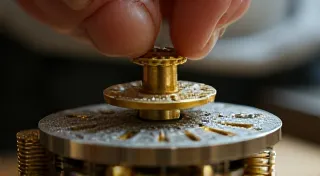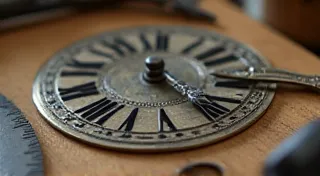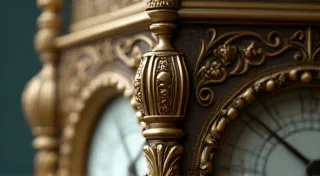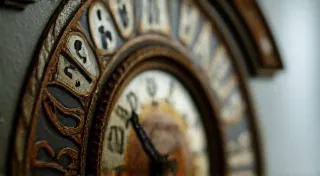Troubleshooting a Clock That Runs Fast or Slow: Calibration Tips
A clock that consistently runs fast or slow can be frustrating. It’s also a common issue with vintage and antique clocks, often stemming from relatively simple causes. Before assuming a major overhaul is needed, let's explore some common reasons and easy calibration techniques you can try. This guide will help you diagnose and correct timekeeping issues, ensuring your antique clock keeps accurate time.
Understanding Why Clocks Run Fast or Slow
Several factors can contribute to a clock's inaccurate timekeeping. These include temperature changes, wear on moving parts, incorrect pendulum length, the escape wheel’s position, and even minor variations in the power supply (especially in electric clocks). The precise interplay of these factors makes understanding the mechanism crucial for proper maintenance.
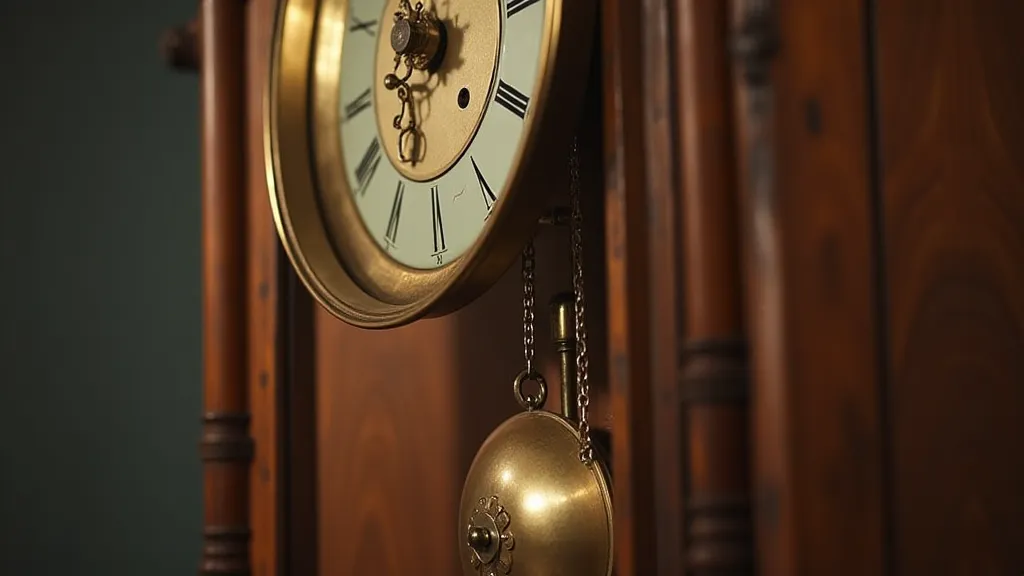
Initial Diagnosis: Identifying the Problem
The first step is observation. Don't just notice the clock is off; determine *how much* it's off and the direction. Is it gaining or losing time consistently? Record the discrepancy over a 24-hour period. This will give you a baseline for comparison after making adjustments. Accurately documenting this discrepancy will also be useful if you eventually need to consult a professional clock repair specialist. Sometimes, diagnosing the problem involves more than just observing the time; it may require examining the clock’s visual components, like the dial. A damaged or incorrect antique clock dial can sometimes *appear* to be a timekeeping issue when it’s a purely aesthetic problem.
Adjustment Techniques: The Pendulum is Key
The most common and
<
< < <
<
<
< < <
< < < < <
The most common and simplest adjustment involves the pendulum. Almost all mechanical clocks, including grandfather clocks, mantel clocks, and bracket clocks, use a pendulum to regulate their speed. Understanding the basics of pendulum function and its relation to the overall clock mechanism can be incredibly helpful. It's a delicate balance; a slight misadjustment can significantly impact the clock's performance. If you're having issues, you might also consider the pendulum itself. Replacing clock pendulums can sometimes be the simplest solution if yours is damaged or incorrect.
Grandfather Clocks and Longcase Clocks
For grandfather clocks (also known as longcase clocks), the adjustment is usually made using the retaining block that holds the pendulum rod. This block often has a small screw or set screw.
- Clock Running Fast: Loosen the retaining block screw and move the pendulum rod away from the clock’s movement. This effectively shortens the pendulum's length.
- Clock Running Slow: Loosen the retaining block screw and move the pendulum rod toward the clock’s movement. This lengthens the pendulum’s length.
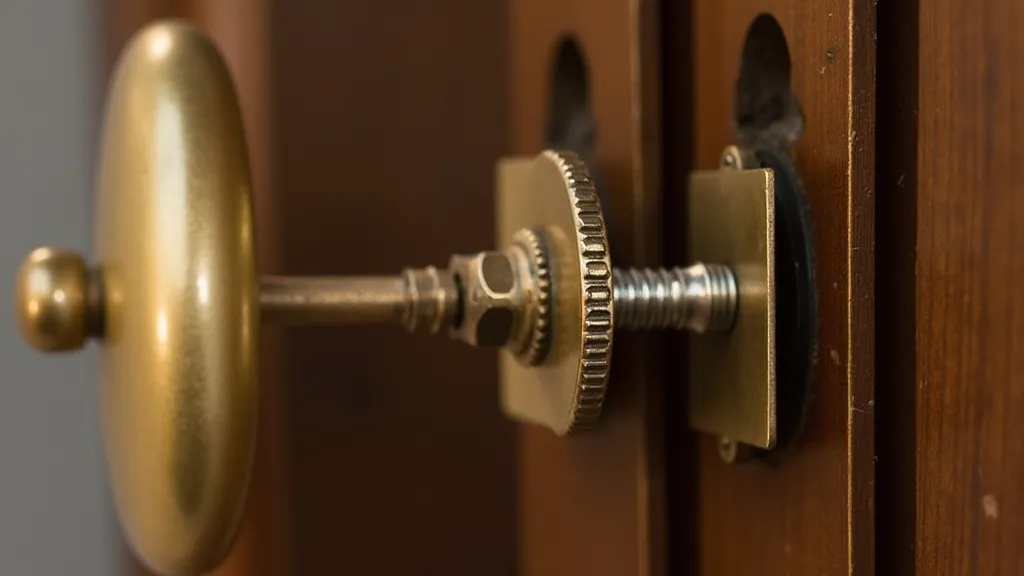
Make very small adjustments – a fraction of a millimeter can make a difference. After each adjustment, observe the clock’s performance for another 24 hours before making further changes. Over time, the internal components wear, which can influence the pendulum’s efficacy. More complex issues may even involve the clock’s gearing, where meticulous repairing damaged clock gearing can restore accurate timekeeping.
Mantel Clocks and Bracket Clocks
Mantel and bracket clocks often have a similar adjustment mechanism. Look for a small screw or clip on the pendulum rod. The principle is the same: moving the pendulum rod away from the movement shortens the effective length, making the clock run faster; moving it closer lengthens it, slowing the clock down.
Fine Tuning: The Beat Adjustment (Advanced)
Sometimes, the problem isn’s just pendulum length. The “beat” of the escapement – the part of the clock that releases the gears – might be off. This is more advanced, but worth mentioning. An uneven beat can manifest as a subtle “tick-tock” rhythm that isn't quite even. This can require a more detailed examination of the escapement’s levers.
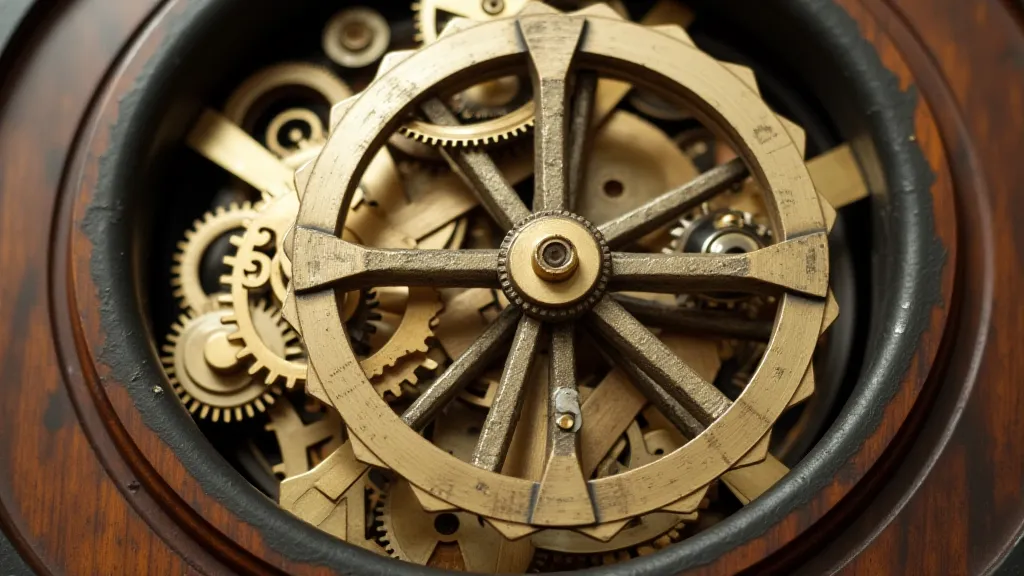
Other Potential Issues to Consider
- Temperature Fluctuations: Significant temperature changes can affect the pendulum's material and therefore its length. Try to keep the clock in a stable environment.
- Lubrication: Dry or dirty gears can create friction and affect timekeeping. While cleaning and lubrication are best left to experienced clock repairers, keeping the clock dust-free is a good start. Proper lubrication is crucial and requires specialized oils and techniques to avoid damaging delicate components.
- Mainsprings: Worn or weak mainsprings can cause a clock to slow down over time. This is a more complex repair.
- Electric Clocks: For electric clocks, check the battery (if applicable) or the power supply. Voltage fluctuations can impact their accuracy. Also, dust accumulation within the movement can hinder performance, so periodic cleaning (by a professional) is recommended.
When to Seek Professional Help
While these adjustments can often resolve minor timekeeping issues, some problems require a skilled clock repair professional. Consider seeking help if:
- You are uncomfortable making adjustments yourself.
- The problem persists despite your best efforts.
- You suspect a more serious mechanical fault.
- The clock is particularly valuable or delicate.
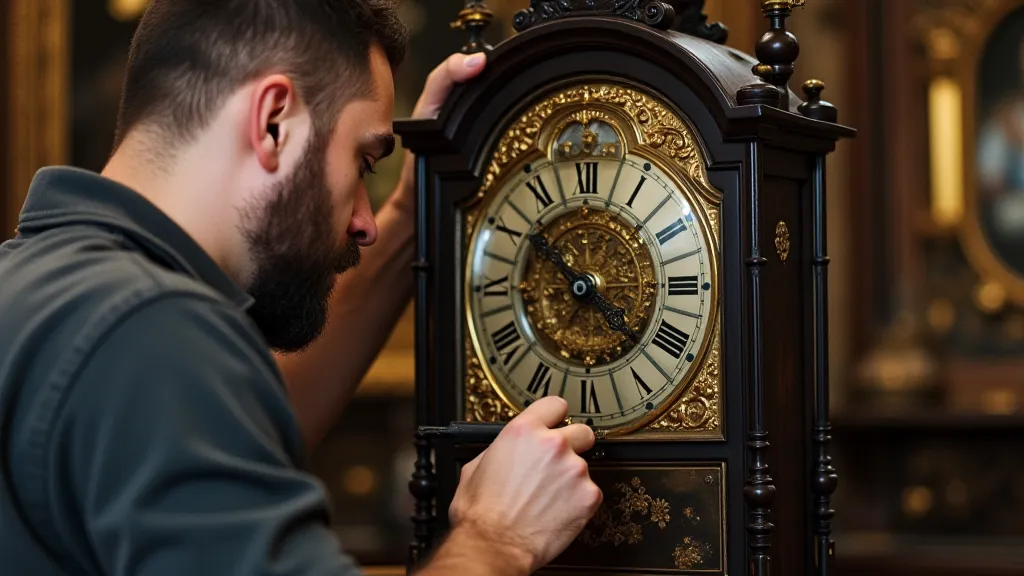
Keeping your antique clock running accurately is a rewarding experience. By understanding the basics of timekeeping and making small adjustments, you can preserve a piece of history and enjoy its reliable function for years to come. Maintaining the finials and ornamentation is equally important for preserving the clock's aesthetic value; sometimes, meticulous cleaning and preserving delicate clock finials and ornamentation is necessary to truly honor its heritage.
